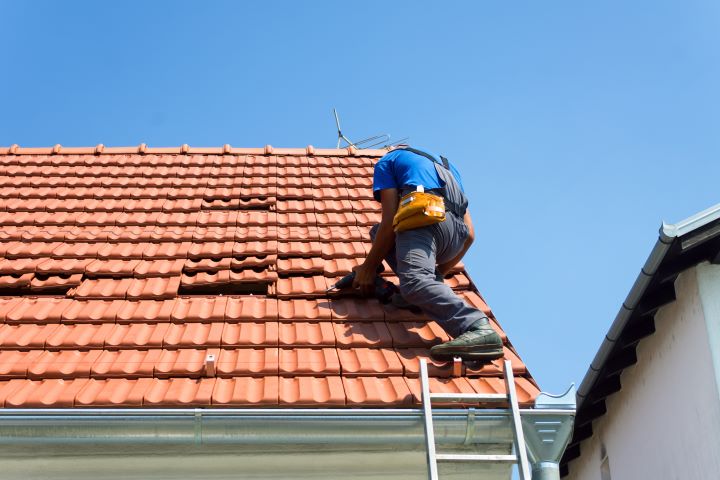Recognizing airflow blockages from registers and energy trends
Airflow restrictions at supply registers and returns can quietly reduce comfort and raise energy use. Small blockages, aged filters, or imbalanced vents often show up as uneven room temperatures, longer heating cycles, or changes in thermostat behavior. This article explains common causes, how energy trends reveal persistent problems, and practical inspection steps to restore steady circulation.

Airflow problems at registers can be subtle at first: a slightly colder room, a furnace or boiler running longer than usual, or a thermostat that calls for heat more frequently. Over weeks or months these symptoms may follow observable energy trends — higher consumption, more frequent cycling, or greater differences between zones — indicating that circulation, ventilation, or controls are not delivering conditioned air efficiently. Identifying register blockages and connecting them to system performance helps preserve efficiency, reduce wear on combustion or ignition components, and improve occupant comfort.
How does airflow affect furnace and boiler performance?
Restricted airflow increases the workload on both furnaces and boilers because heat must be transferred through less-moving air. In forced-air systems, closed or blocked registers reduce the volume the blower can push through the ducts, which can cause longer run times and higher energy use while limiting temperature uniformity. In hydronic systems served by a boiler, reduced room ventilation can still create perceived uneven heating and lead to repeated thermostat adjustments. Over time, increased cycling and extended runtimes stress controls and ignition components, shortening service intervals and reducing overall system efficiency.
Are clogged filters and registers reducing efficiency?
Dirty filters and obstructed registers are among the most common airflow culprits. Filters collect dust and particles that impede flow; if not replaced on schedule, the blower compensates by running harder or longer. Registers blocked by furniture, rugs, or curtains prevent intended airflow paths, creating pressure imbalances that can bring cold drafts to occupied spaces. Regularly checking filters and keeping supply and return vents clear supports balanced circulation and helps the system maintain rated efficiency. Inspecting filter type and MERV rating also ensures filtration choices don’t unintentionally restrict airflow.
Can thermostat, sensors, and controls reveal issues?
Thermostats, sensors, and control settings often reflect airflow-related problems before mechanical failures appear. Rapid cycling, a thermostat that overshoots setpoints, or inconsistent temperature readings between sensors and rooms suggest airflow imbalance or duct leakage. Smart thermostats and zoned systems provide diagnostics that help pinpoint which zones are underperforming. Reviewing control logs, sensor data, and setpoint behavior can reveal patterns in heating demand tied to register obstruction, filter resistance, or ventilation shortfalls that warrant further inspection.
What role do combustion and ignition systems play?
Combustion and ignition components themselves don’t typically block airflow, but restricted circulation affects combustion efficiency and safety margins. In furnaces, extended runtimes caused by poor airflow can increase flue temperatures and alter combustion behavior. For gas-fired equipment, frequent cycling may stress ignition systems, while for oil or pellet systems restricted airflow can influence fuel-burning consistency. Routinely scheduled combustion and ignition inspections should include airflow checks so technicians can correlate burner performance with ventilation and register condition, ensuring safe, efficient operation.
How can zoning and ventilation change airflow patterns?
Zoning and ventilation strategies are designed to manage airflow intentionally, but they can also reveal problems when misconfigured or obstructed. Dampers, zone controls, and motorized registers must be balanced so one closed zone does not starve adjacent spaces of supply air, creating perceived blockages. Mechanical ventilation systems and HRVs/ERVs influence pressure relationships; blocked supply or return registers can compromise balanced ventilation and increase energy use. Understanding how zoning and ventilation interact with registers helps diagnose whether low flow in a room is a control setting issue or an actual obstruction.
When should you schedule inspection and diagnostics?
If you notice persistent temperature differences, rising heating energy use, or unusual cycling patterns at the thermostat, schedule an inspection and diagnostics. A trained technician will assess filters, register condition, duct integrity, and controls, and use sensors to measure airflow and temperature differentials. Diagnostics may include static pressure checks and blower performance testing to quantify restrictions. Early identification prevents stress on motors and combustion components and supports long-term efficiency, often allowing targeted repairs like filter replacement, register clearance, or duct sealing rather than larger system overhauls.
In summary, register blockages and hidden airflow restrictions affect comfort and energy trends in measurable ways. Combine regular visual checks of filters and registers with periodic inspections and diagnostic measurements from sensors and controls to maintain balanced ventilation. Addressing small obstructions and ensuring proper zoning and thermostat behavior helps preserve system efficiency and extends the service life of combustion and ignition components.






